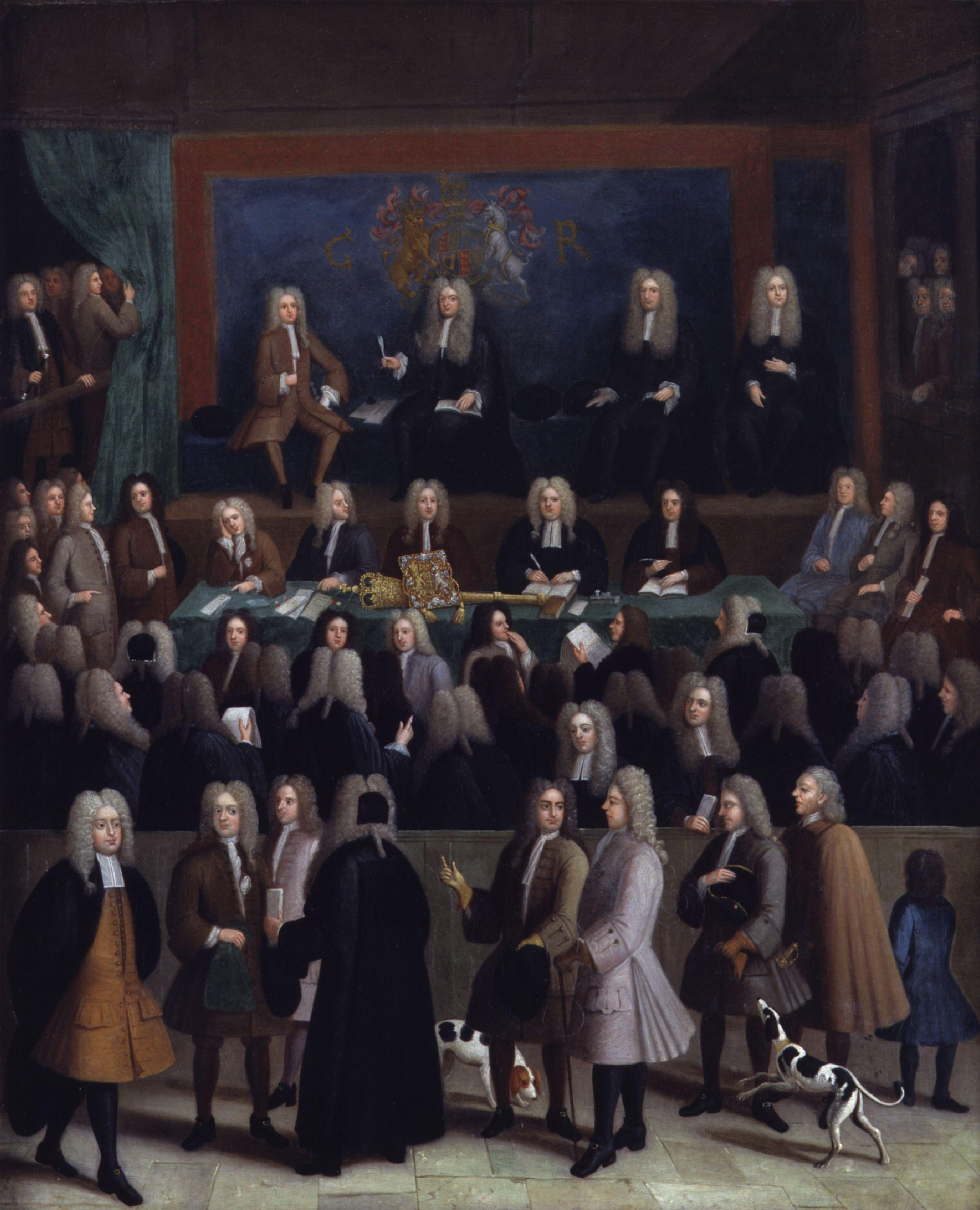 The plotline for
his forthcoming book began to unravel soon after Charles Dickens moved
into Tavistock House. After a few years of self-imposed retirement, he had
intended to write some sophisticated, complex and long-form novels. Instead, he decided to take a new direction by working
on collaborative projects with the novelist and playwright Wilkie
Collins. And so Victorian literature was robbed of what might have been a
few interesting tomes while it gained a frivolous take on the most serious of matters: the courts.
The plotline for
his forthcoming book began to unravel soon after Charles Dickens moved
into Tavistock House. After a few years of self-imposed retirement, he had
intended to write some sophisticated, complex and long-form novels. Instead, he decided to take a new direction by working
on collaborative projects with the novelist and playwright Wilkie
Collins. And so Victorian literature was robbed of what might have been a
few interesting tomes while it gained a frivolous take on the most serious of matters: the courts.The real-life character of the "richest commoner in England" Jennens the Miser was incredibly Dickensesque. When he died unmarried and intestate with a fortune estimated at £2 million, a series of endless legal wrangles began that appeared to be unresolvable by the iniquitous common law. For fifty-five years, the contents of his unsigned had been disputed in the Court of Chancery, that Byzantine construct of the English legal system with which Dickens was well familiar. Not only had he worked there as a clerk, he visited as a patron due to his own copyright disputes. The understandable desire to bemoan the inefficiencies of the Court of Chancery proved to be an inspiration, and out of Dickens' imagination sprang Jarndyce and Jarndyce, a fictional case much like the Miser of Acton's where the value of the deceased's contested estate had long since been spent on legal fees (due to the clerk's low stipends, they imposed exorbitant ad-hoc charges on the litigants).
 Despite
Dicken's mockery, the Court of Chancery was actually a structural flaw in
the legal system rather than corruption, indeed had been
established to avoid the slow pace of change and possible harshness (or
"inequity") of the common law by appointing the Lord Chancellor, the
keeper of the King's Conscience. The
legal profession was not only acutely aware of the social criticisms
leveled by Dickens, et. al; it was working towards the fusing of
common-law and equity courts. In fact a common-sense resolution to
the case had actually been found in late autumn, and Dickens' platform of
parody was destroyed. Even without the Jennens vs Jennes
resolution by 1852, the Court had already begun to reform itself.
Despite
Dicken's mockery, the Court of Chancery was actually a structural flaw in
the legal system rather than corruption, indeed had been
established to avoid the slow pace of change and possible harshness (or
"inequity") of the common law by appointing the Lord Chancellor, the
keeper of the King's Conscience. The
legal profession was not only acutely aware of the social criticisms
leveled by Dickens, et. al; it was working towards the fusing of
common-law and equity courts. In fact a common-sense resolution to
the case had actually been found in late autumn, and Dickens' platform of
parody was destroyed. Even without the Jennens vs Jennes
resolution by 1852, the Court had already begun to reform itself.So, Dickens had to set his fictional events back in 1827 when the infamous Six Clerks were still in post. Unfortunately this plot device aged the context, placing it "out of time" and also introducing confusion with other contemporaneous themes that he wanted to explore as part of a serialization. And so the novel, and others of its like in which perhaps Dickens sought to become the keeper of the nation's conscience, were never written. Shortly after Dickens passed away, a new unified High Court of Justice, with the Chancery Division - one of three divisions of the High Court - succeeded the Court of Chancery as an equitable body. The moment in time for a chance to write a classic piece of finger-poking had been lost forever.
No comments:
Post a Comment